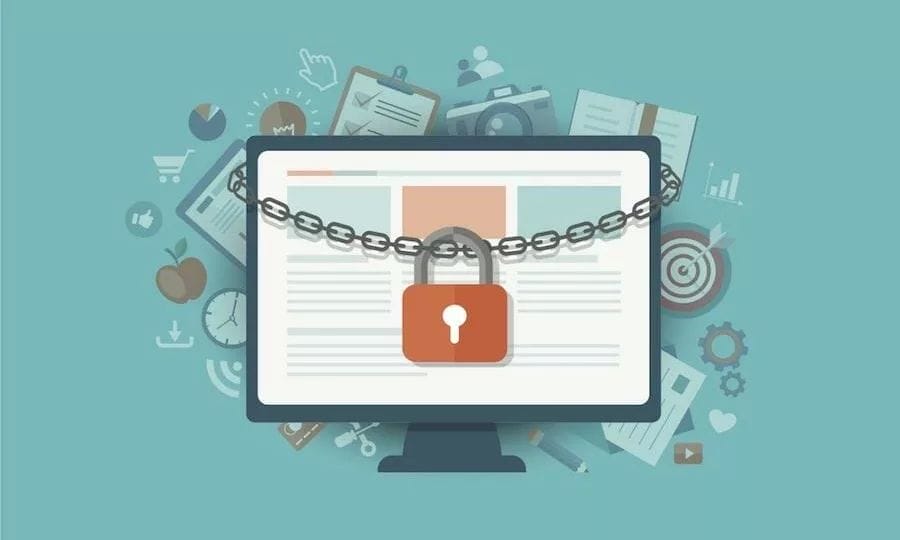
Your website is critical to your business. Whether you run an e-commerce store or a brick-and-mortar shop, your website serves as the face of your brand. However, with the increasing number of malicious bots, cyber threats, and hackers, your website is at constant risk.
The Growing Threat to Websites
On average, websites experience 59 attacks per day. Any of these could result in your website being removed from search engine results, taken offline, or even having sensitive customer data compromised.
The good news? Securing your website is easier than you think. By following a few essential steps, you can protect your business from cyber threats.
1. Install an SSL Certificate
An SSL certificate encrypts data transmitted through your site, securing user information. A website with SSL will have a URL formatted as “https://yourwebsite.com” rather than “http://yourwebsite.com”. The ‘S’ in HTTPS signifies secure encryption.
Since January 2017, Google has marked websites without SSL as “Not Secure” in search results. By July 2018, websites without SSL began displaying a “NOT SECURE” warning in the browser address bar. If you handle sensitive data like login details or payment information, an SSL certificate is a must-have.
Learn more about SSL certificates
2. Use CAPTCHA to Block Bots
Hackers often use bots to submit spam, extract data, or take over your site. CAPTCHA helps verify that users are real people. Google’s reCAPTCHA provides an easy-to-use solution, allowing visitors to check a box stating, “I am not a robot”.
3. Protect Against DDoS Attacks with WAF and CDN
A DDoS attack floods your website with fake traffic, potentially knocking it offline and skewing analytics data. To combat this:
- A Web Application Firewall (WAF) filters out malicious traffic before it reaches your server.
- A Content Delivery Network (CDN) distributes your website’s content across multiple servers worldwide, ensuring faster load times and reduced strain on your main server.
Find out how WAFs and CDNs work
4. Use a Website Scanner for Continuous Protection
Cyber threats evolve daily. A website scanner continuously monitors your site for malware and removes it before it causes damage. In Q2 of 2017, 4 out of 6 major malware types specialized in infecting websites without detection.
Failing to secure your website could result in customer data breaches, blacklisting by Google, and loss of business reputation.
Stay Secure – Contact Us Today
Don’t wait until your website is compromised. Take proactive steps to protect your business and online presence.
Talk to us today about securing your website and safeguarding your business’s reputation

